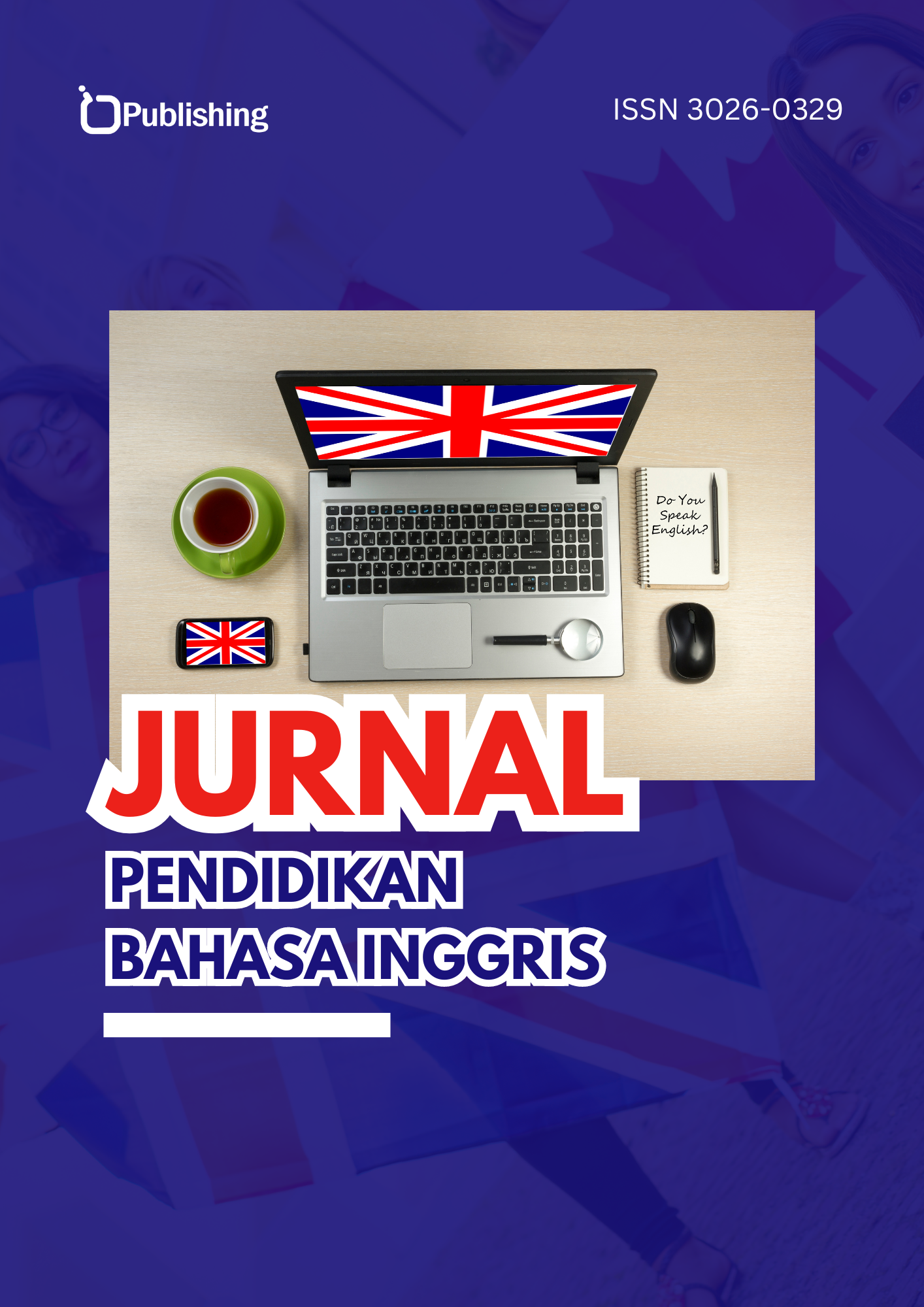Semantic Analysis of English Polysemous Words
DOI:
https://doi.org/10.47134/jpbi.v2i3.1607Keywords:
Polysemy, Semantics, English Language, Lexical Meaning, Context, Linguistic AnalysisAbstract
The objective of this research is to analyze the phenomenon of polysemy in English by identifying its semantic mechanisms, cognitive origins, and practical implications. Using a qualitative semantic analysis approach, the study examines metaphor, metonymy, generalization, and specialization as key processes that lead to the development of multiple meanings for a single word. Examples such as “run,” “head,” and “light” are analyzed to illustrate semantic expansion. The findings suggest that polysemy not only reflects the dynamic evolution of language but also poses challenges for language learners and lexicographers. Understanding polysemy is essential for improving language comprehension, translation accuracy, and dictionary design
References
Adilbekov T., Sultanova U. AGE-RELATED FEATURES OF THE MORPHOFUNCTIONAL AND PSYCHO-EMOTIONAL STATE OF ADOLESCENTS //Modern Science and Research. – 2023. – Т. 2. – №. 12. – С. 391-398.
Baumann, A. (2023). Seeing through the mess: evolutionary dynamics of lexical polysemy. EMNLP 2023 - 2023 Conference on Empirical Methods in Natural Language Processing, Proceedings, 8745-8762, https://doi.org/10.18653/v1/2023.emnlp-main.541
Beekhuizen, B. (2021). Probing Lexical Ambiguity: Word Vectors Encode Number and Relatedness of Senses. Cognitive Science, 45(5), ISSN 0364-0213, https://doi.org/10.1111/cogs.12943
Cruse, D. A. (1986). Lexical Semantics. Cambridge University Press.
Dirven, R., & Pörings, R. (Eds.). (2002). Metaphor and Metonymy in Comparison and Contrast. Mouton de Gruyter.
Hilpert, M. (2021). Disentangling modal meanings with distributional semantics. Digital Scholarship in the Humanities, 36(2), 307-321, ISSN 2055-7671, https://doi.org/10.1093/llc/fqaa014
Lakoff, G. (1987). Women, Fire, and Dangerous Things: What Categories Reveal About the Mind. University of Chicago Press.
Lakoff, G., & Johnson, M. (1980). Metaphors We Live By. University of Chicago Press.
Li, J. (2021). Word Senses as Clusters of Meaning Modulations: A Computational Model of Polysemy. Cognitive Science, 45(4), ISSN 0364-0213, https://doi.org/10.1111/cogs.12955
Lyons, J. (1977). Semantics (Vols. 1–2). Cambridge University Press.
Murphy, M. L. (2003). Semantic Relations and the Lexicon: Antonymy, Synonymy, and Other Paradigms. Cambridge University Press.
Nation, I. S. P. (2001). Learning Vocabulary in Another Language. Cambridge University Press.
Oxford English Dictionary (Online Edition).
Pak, A. (2023). The Formalized Semantics of Neologisms-Slangisms in the Context of the English Translation of A Military Narrative. World Journal of English Language, 13(6), 537-543, ISSN 1925-0703, https://doi.org/10.5430/wjel.v13n6p537
Sarimsakova D. COMMUNICATIVE COMPETENCE AS A RESULT OF EF TEACHING AND LEARNING //Theoretical & Applied Science. – 2019. – №. 12. – С. 166-169.
Sarimsakova D. EXPLORING EFL TEACHERS’BELIEFS ABOUT RESEARCH COMPETENCE //Mental Enlightenment Scientific-Methodological Journal. – 2025. – Т. 6. – №. 01. – С. 256-261.
Sarimsakova D. M. Using interactive board “padlet” to develop sociolinguistic competence of future english teachers in controlled independent education. – 2021.
Sarimsakova D. MOTIVATING STUDENTS TO DEVELOP THEIR AUTONOMY: AN EXPLORATORY ACTION RESEARCH //European Journal of Humanities & Social Sciences. – 2024. – №. 1.
Sarimsakova D. The models of communicative competence: developing sociolinguistic competence in EFL teaching //Конференции. – 2020.
SULTANOVA U. Some thoughts on the semantic-contextual composition of polysemous words in English and Uzbek languages //linguistics. – 2024. – Т. 2181. – С. 3701.
Sultanova, U. (2024). Some thoughts on the semantic-contextual composition of polysemous words in English and Uzbek languages. linguistics, 2181, 3701.
Taylor, J. R. (2003). Linguistic Categorization: Prototypes in Linguistic Theory (3rd ed.). Oxford University Press.
Wilson, K. (2022). Contextual Embeddings Can Distinguish Homonymy from Polysemy in a Human-Like Way. ICNLSP 2022 - Proceedings of the 5th International Conference on Natural Language and Speech Processing, 144-155
Zhang, C. (2021). Semi-supervised word sense disambiguation by combining k-means clustering and the LSTM network. Xi'an Dianzi Keji Daxue Xuebao/Journal of Xidian University, 48(6), 161-171, ISSN 1001-2400, https://doi.org/10.19665/j.issn1001-2400.2021.06.020
Zibin, A. (2024). The role of metaphor in creating polysemy complexes in Jordanian Arabic and American English. Russian Journal of Linguistics, 28(1), 80-101, ISSN 2687-0088, https://doi.org/10.22363/2687-0088-34555











